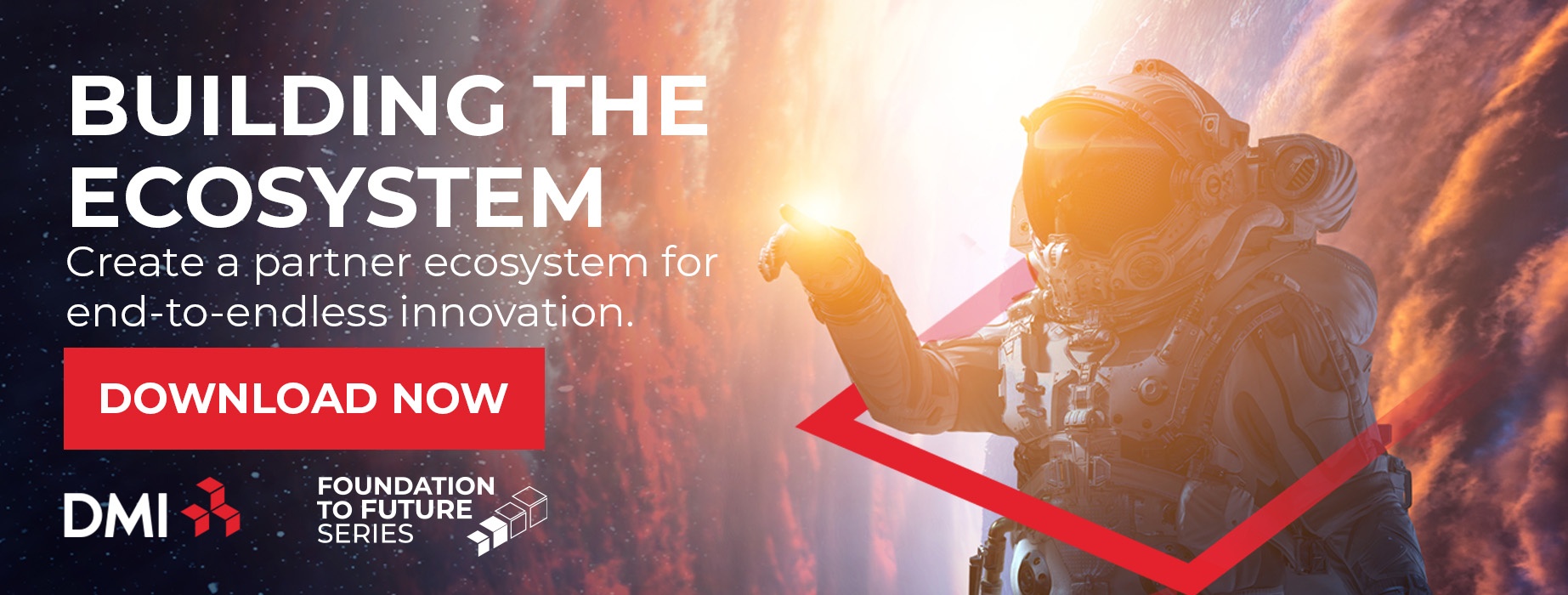
Data for Good: The Ethical Exchange of Health Data
We are all too aware of the common patient-provider interaction. The most common scenario is the provider asking a question such as, “What are you here for today?” The patient then begins with a description of their recent issues, overall health, and general wellbeing. The provider may collect vital signs information, and may ask additional questions, and check if any existing information is available in the patient record. Essentially, the process is about collecting, synthesizing, and comparing data at the micro-level.
Indeed, data collected within an individual encounter and used immediately to triage or diagnose can be deemed ethically collected and used. Yet, there is much more good this encounter data can provide, especially when combined with other data sets. Of course, this rightly raises concerns about the protection and security of that data. The headlines are a daily reminder of this and how quickly data breaches and unethical usage of data can make front-page news.
But for every news flash announcing a data breach, hundreds of thousands of health ecosystems are safely using the information they hold. Providers, health systems, government agencies, and payers have this type of information, at least some snapshot of data, for each patient they have worked with.
Despite the possibility of data breaches, healthcare systems can use this wealth of information to benefit both patients and consumers, individually and collectively. But the data must be appropriately sourced, handled, and leveraged ethically.
Defining The Ethical Use Of Data
In regards to patient data use, the National Institute for Health (NIH) states:
“Collecting and using patient-generated data, beyond simply making an individual clinical decision, is ethically sound only if there is (or could reasonably arise) a question to be answered; the methodology (design, data collected, etc.) will answer the questions; and the costs, including both communal healthcare resources and any risks and burden imposed on the participants, justify the benefits to society.”
In other words, using it beyond the scope of an appointment or particular condition is ethical when:
- It is for the greater good
- The data is handled and stored correctly
- It doesn’t put an undue burden on those whose information is being used.
In a modern setting, this definition influences the development of machine learning algorithms and the resultant analysis and predictions. Data scientists must be aware and be careful about any inferences made around the data provided.
For instance, a payer may offer a subscriber a financial benefit for gaining access to the information gathered from their health device, like a smartwatch or remote monitoring equipment. The payer must be clear on what information will be collected, how it will be used and stored, and who will have access to it. This allows the individual to choose if the value being offered is with the data they are giving up and the cost to them.
Personal Benefits & Incentives For Data Collection
Another consideration under the NIH’s definition is the cost of the data use and collection to the patient. Healthcare organizations need to be aware of this cost and be open and willing to communicate to individuals how they will use their information and the governance around that data.
Collective Benefits & Collective Good
Beyond financial incentives, how data is used should also be shared with the consumer, giving them an understanding of what a positive impact it could have at a population level. For example, an individual's health data could be pooled with other similar data sets and used to improve disease research or help create new treatments.
We saw this in action during the recent Global pandemic. Under typical circumstances, when a vaccine or medication is being developed, a pharmaceutical company will not share their research, results, or novel approaches in developing their therapeutics. Companies typically wouldn't share the information with other pharmaceutical competitors.
However, with the urgency of COVID-19, healthcare organizations collected and shared research data across governments and private companies to accelerate vaccine development. Early clinical trial volunteers participated in this collective approach by sharing their information for the greater good and accelerating trials and testing.
When working with population-wide, anonymized, and normalized data sets, we could see a world where the disease isn't just caught early, but it has even manifested due to new insights from the data around leading indicators.
Beyond natural cure and treatment applications, the healthcare and pharma industries could use consumer data to ensure that services and healthcare capacity remain optimal. Healthcare providers and government entities could use population health information to determine specific requirements in local regions.
For example, they may be able to determine when ambulances are in the most significant demand in a given region? Government healthcare offices might examine which areas could use ride providers for underserved populations needing to get to appointments — when is the demand for those services? And from where?
Learning from other industries
A company like Uber can show us how this strategy might be used for healthcare. Rideshare companies look at the data of suburban consumers traveling into the city and back out again. What times and days do they do this? What hours? Which direction? Crunching that data lets Uber know when they need the most drivers and in what locations.
How to Make Better Use of The Data Collected
As patient data ownership continues to shift to the individual, these entities need to consider some more critical questions about when, how, and why they use the data, they currently collect and how they will do so in the future
Organizational healthcare systems and services need to transition from being industry-centric to consumer-friendly. That means moving from language and strategies that speak to the providers and payers to processes and terminology that is meaningful to individuals. Achieving this will also require lowering the barriers between systems and even across providers to create a better, less cumbersome patient experience.
Healthcare organizations will need to be clear about how they will use data and what is being done to protect it, store it, and even dispose of it. Data governance must be transparent and provably adhered to or risk penalties and severe reputational harm, even without a breach. Companies that do this will gain consumer trust and therefore be more likely to access data. This, inevitably, will lead to better data analysis and, ultimately, better patient outcomes.
If you’re interested in learning more about the ethical exchange of health data, contact DMI today.
![[FREE GUIDE] RECOGNIZE THE BENEFITS OF DIGITAL TRANSFORMATION THROUGH AN ECOSYSTEM APPROACH](https://no-cache.hubspot.com/cta/default/8444324/f8ee566c-b425-459e-978e-2b8f0eb44811.png)
